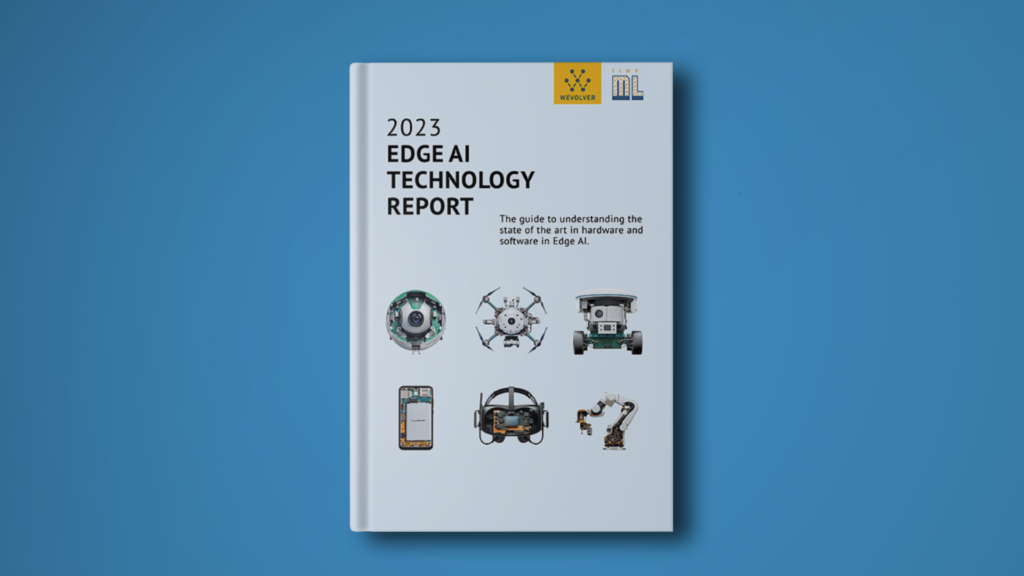Technologies and machines are increasingly adopting essential functions both in industry and day-to-day life. At the centre of that is how you interact with them. This is where the human-machine interface (HMI) comes into play. HMI describes how you interact and communicate with an automated system. It has become commonplace nowadays, expanding beyond traditional industrial machinery. You can find HMI in smartphones, computers, and Internet of Things (IoT) devices, to name a few.
At the core of HMI are microprocessors. They work together behind the scenes to ensure an almost seamless and intuitive interaction. Yet, several challenges remain in developing microprocessors and integrating them with printed circuit boards (PCBs). With advancements in multimedia features and image resolution, issues like power consumption, heat transfer, and limited board size persist.
That is why Renesas has developed the all-new RZ/G2E microprocessor as part of a System-on-Module (SoM) Solution. But first, what is an SoM? And how does it overcome the developmental issues mentioned above?
What is System-on-Module (SoM)?
A system-on-module is a PCB that incorporates the main components of an embedded processing system. In other words, it is a module with multiple elements that perform the functions of a system. Those elements include but are not limited to microprocessors, memory blocks, and communication interfaces.
SoMs may sometimes be confused with SoCs (System-on-a-Chip), but they are quite different. The main distinction is that SoMs are board-based, whereas SoCs are chip-based. That means an SoM may include an SoC but with more space for further elements.
SoMs offer significant benefits to developers, especially in streamlining the production process, increasing the deployment volume, and minimising costs. A production-ready SoM can help you bypass designing and manufacturing a customised board for your embedded system. By simply integrating a proper SoM into your end system, you can move directly into deployment. This reduces the complexity of the end product, the bill of materials (BOM) costs, and the time-to-market.
You can find SoMs in various applications of embedded systems. These include IoT devices, security cameras, multimedia and entertainment, office automation, and numerous HMI applications.





